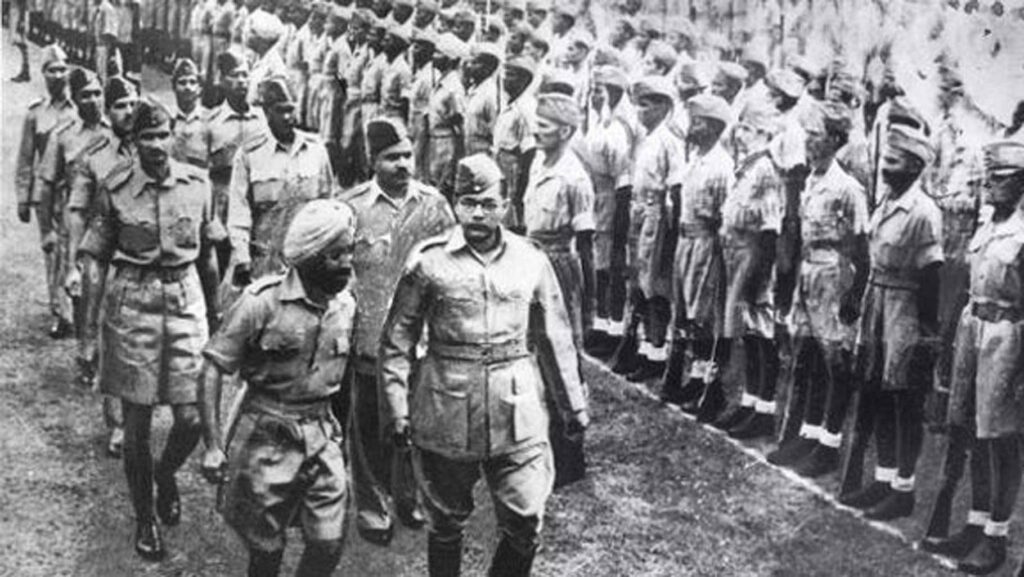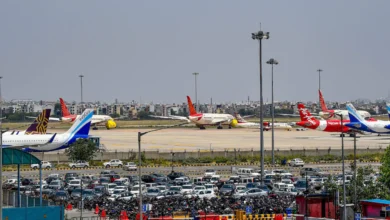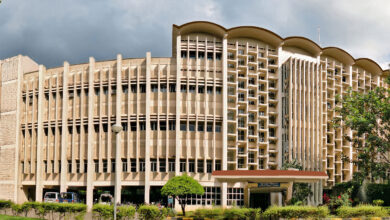

This is the story of the Mutiny of 1946, which caused the British to rethink their ability to rule over India. This “people’s movement” was truly leaderless, and was erased from the textbooks and also from the minds if Indians.
Distorted History:
We were always taught that the British left India because of the non-violent, Quit India movement led by Mahatma Gandhi. However, Congress and the Left-Historians have always hidden the truth about the Armed Forces Mutiny of 1946, as it would bust the myth that we won freedom only because of Congress’ Non-Violence movements.
British PM Attlee’s views on Netaji, mutiny and Gandhi:
Terming Gandhi’s contribution as “minimal”, the then British PM Lord Attlee cited the main reason of leaving India as ‘the erosion of loyalty to the British among the Indian forces as a result of the activities of Netaji.’ He later accepted that, “The tide of nationalism is running very fast in India and national ideas have spread among the soldiers”
Inspiration from Netaji’s Indian National Army:
The British economy was in big recession and didn’t couldn’t provide even basic facilities to the Royal Army in India. In August 1945, Subhash Chandra Bose reportedly died. After the 2nd World War was over, three of the top officers of Netaji’s Indian National Army – General Shah Nawaz Khan, Colonel Prem Sehgal and Colonel Gurbaksh Singh Dhillon were put on public trial at the Red Fort.
Due to the sympathy towards Netaji and the INA, there was an instant and large outpouring of passion and patriotism amongst Indian soldiers and common people. These stories went viral throughout the nation and inspired people to go out together in a strike and rebel against the British.
British Intelligence Reports:
Intel reports in 1946 indicated that the Indian soldiers were inflamed and could not be relied upon to obey British officers. There were only 40,000 British troops in India who were eager to go home and could not fight the 2.5 million battle-hardened Indian soldiers. Sir Stafford Cripps, said in the British Parliament,”The Indian Army is not obeying the British, in these conditions if we have to rule India, we have to keep a permanent British army in a country of 400 million (and) we have no such army.”
Royal Airforce Mutiny:
In January 1946, due to poor conditions after the war, cadres in the RAF went on a series of demonstrations and strikes at several RAF stations. These incidents involved refusals to obey orders. The ‘mutiny’ began at Karachi (RAF Drigh Road) and later spread to involve nearly 50,000 men over 60 RAF stations in India and Ceylon.
The protests lasted about eleven days.
Royal Indian Navy Mutiny:
On February 18, 1946, a mutiny broke out in the Royal Indian Navy in which 78 of a total of 88 ships mutinied including 20 shore establishments and 20,000 sailors. A Naval Central Strike Committee was formed, and soon it spread from Bombay to Karachi, Calcutta, Cochin and Vizag.
Effects of the Mutiny:
Seeing this Naval strike, Bombayites did a one-day general strike. Even the Royal Indian Air Force and local police forces joined in the other cities. The NCOs in the British Indian army openly ignored and defied the orders of the British superiors. In Madras and Pune, the Indian Army revolted in the British Garrisons.
Riots broke out all over the country. The British made to get off their cars and shout ‘Jai Hind’ by the mutineers and the Indian Tricolor was hoisted on most of the ships.
No Support from Congress:
Despite the extensive support from the public and all wings of the Armed forces (Army, Navy, Air force, police), national leaders like Jinnah, Gandhi, Nehru and Azad did not support the mutiny but instead condemned it.
These brave freedom fighters were leaderless, surely, but they achieved what no one else could in 250 years – turn the Indian Armed forces personnel against their ‘masters’.
Acceptance by British officials:
In 1967, during an event marking the 20th anniversary of Independence, the British High Commissioner of the time John Freeman said, “The mutiny of 1946 had raised the fear of another large-scale mutiny along the lines of the Rebellion of 1857, from the 2.5 million Indian soldiers who had participated in the 2nd World War. The mutiny had accordingly been a large contributing factor to the British deciding to leave India. The British were petrified of a repeat of the 1857 Mutiny, since this time they feared they would be slaughtered to the last man.”



